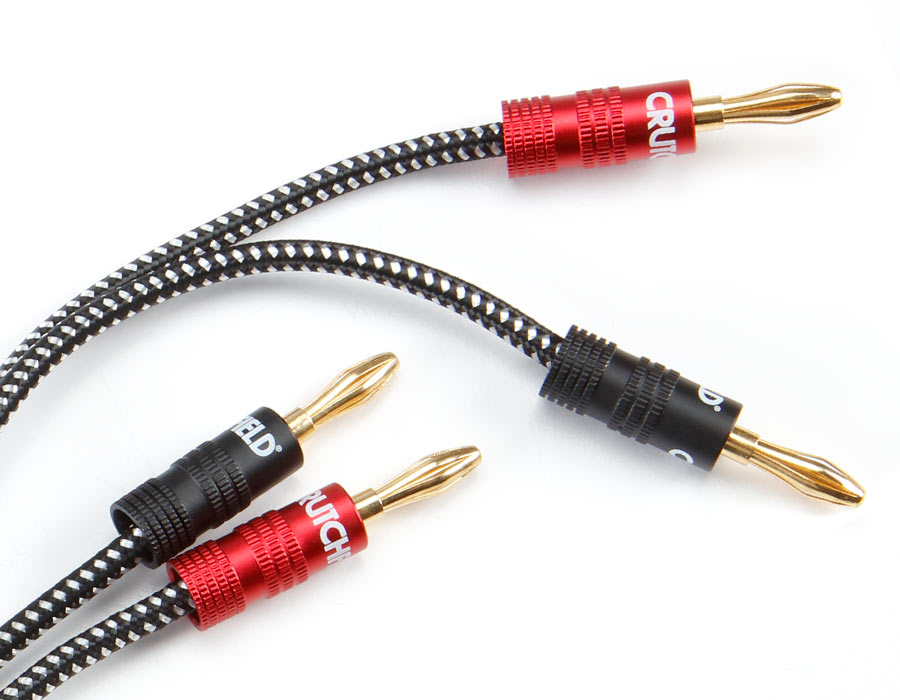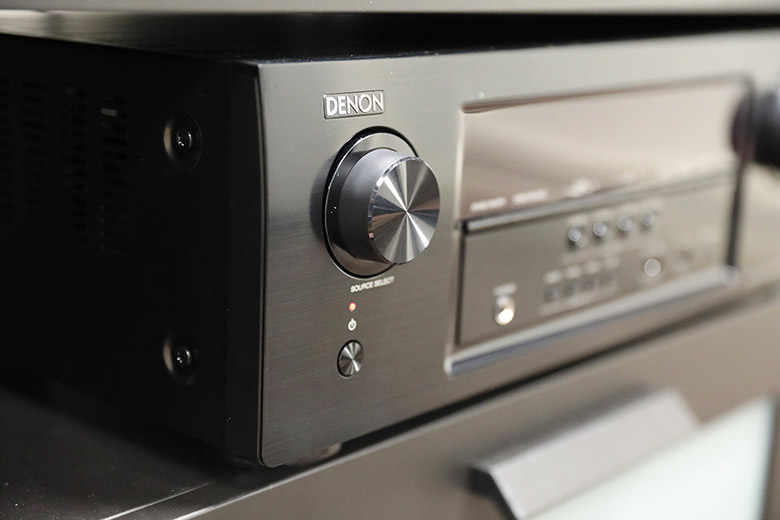The configuration of a home theater can be a job that requires precision and quality. Only a true expert and connoisseur in this type of facilities will be able to make an impeccable test to not error and provoke in the client and the users of this home theater. After all, it is about enjoying the best of the cinema, from the comfort of home. Avoid the home theater system setup planning mistakes to stay risk-free.
Home theater system setup planning mistakes

1. Use ultra-thin gauge speaker wire. Many people want to save a few pesos by buying very thin and very thin cable (caliber 22 or 24). Thinner cable offers more resistance to the passage of current coming from the amplifier; this translates into the loss of high frequencies. It is not worth buying high-quality speakers and ruining their performance with ordinary cables. The minimum you should think about is using 16 or 14 gauge cable for short distances, and in runs greater than 15 meters, it is advisable to use 12 gauge.

2. Buy HDMI cables of the offer. Almost always the liquidations of HDMI cables are those of the first generation that today do not support current technologies such as 3D, 4K UHD, the return of audio channel, or Ethernet. The cheap costs are expensive.

3. Be early adopter without following the consequences. Today some fans have 4K UHD televisions or first generation AV receivers that do not have HDMI 2.0 or certified 2.0 anti-cop. The same can happen with projectors and video processors. Being “the first” has consequences as a consumer if these are not calculated.

4. Not having a defined place to place the components. It is very common for people to change their minds about the space where they have placed a television or the position of the speakers. These modifications will also affect the electrical wiring of AC, as well as all the shedding of digital, analog, HDMI and other cables, which will become a nightmare when installing.

5. Connect speakers out of phase. This is a more common mistake than what is thought and what happens even to professionals. Positive pole -normally red- in the amplifier must reach the positive pole in the loudspeaker, the same applies to the negative pole -normally black. Things get complicated when dealing with different color codes on multiple surround channels. Using a 9v battery can help you easily detect if the cable is inverted.

6. Put components on top of the amplifier. The power stage or the receiver is the equipment that generates more heat, so if we put other devices on top of it, the only thing we will do is enhance the heat of the amplifier and heat all the components. The amplifier should go on the top shelf – which should be sturdy enough to support the weight. Similarly, “common furniture” with closed doors and no rear and upper ventilation should not be used since the internal heat will melt any electronic equipment inside.

7. Do not contemplate an integral remote control. Having six or seven remote controls to put a movie is not something functional, and sooner or later it becomes very annoying. Whether a true universal remote control is purchased with preprogrammed codes and the execution of pre-assigned “activities” through a web browser or that an integrator is sought to help them design a simple control system. It includes automation of audiovisual components, the actuation of the electric screen, the elevation of the projector, the opening of blinds and the control of the total lighting of the room.

8. Do not protect the equipment with an AC line conditioner. The peaks of voltage and current are a thing of every day and night. To think that the components “protect” themselves is to be very naive. It is necessary to contemplate adequate protection according to the electrical consumption of our entire system.
These were only 8 home theater system setup planning mistakes if you want to have the correct configuration of your home theater room.






